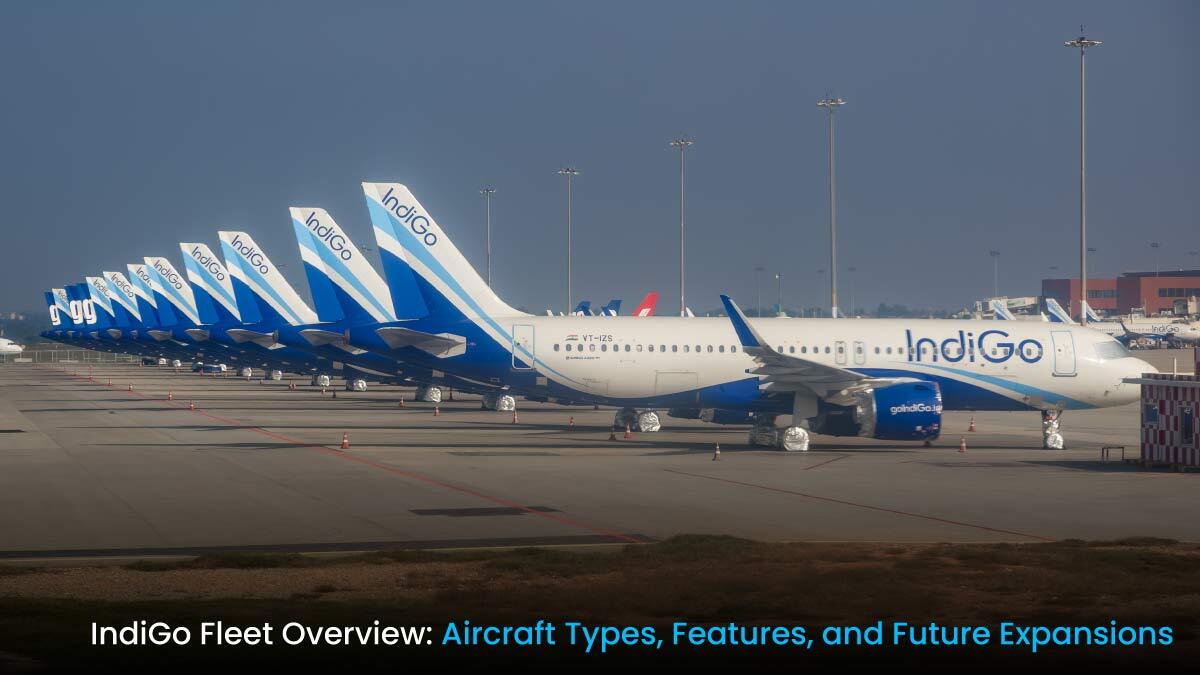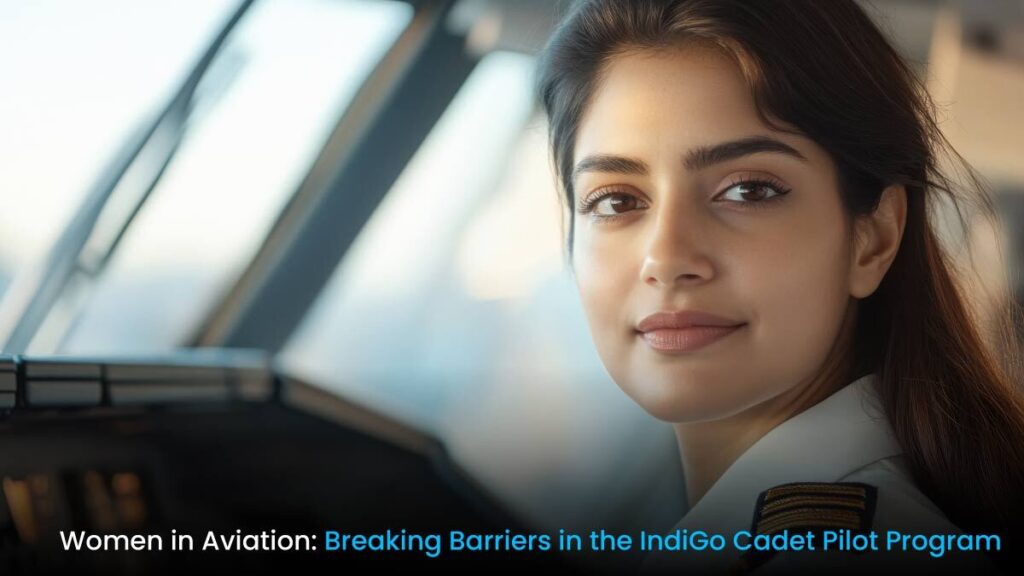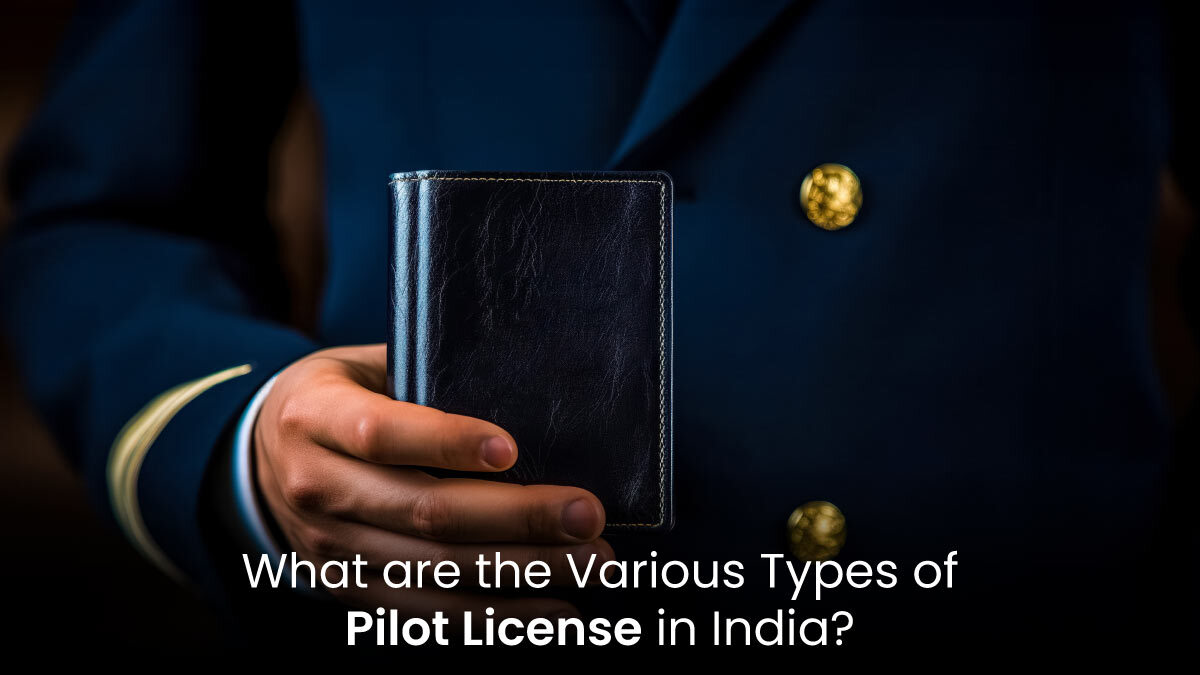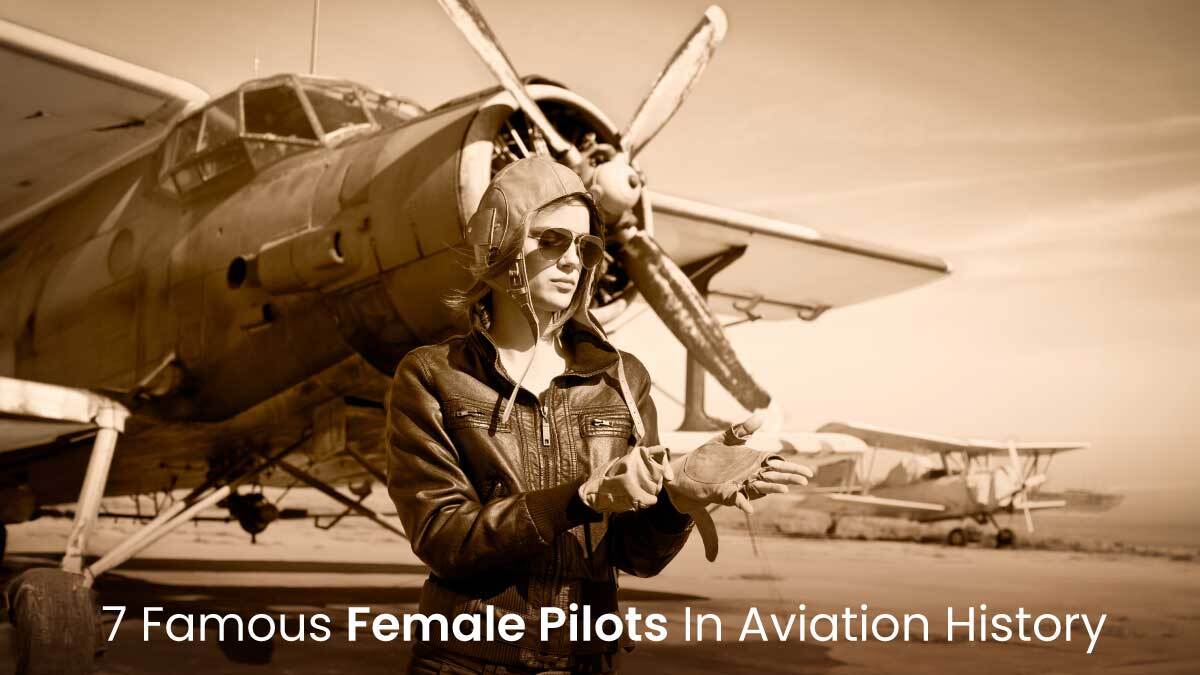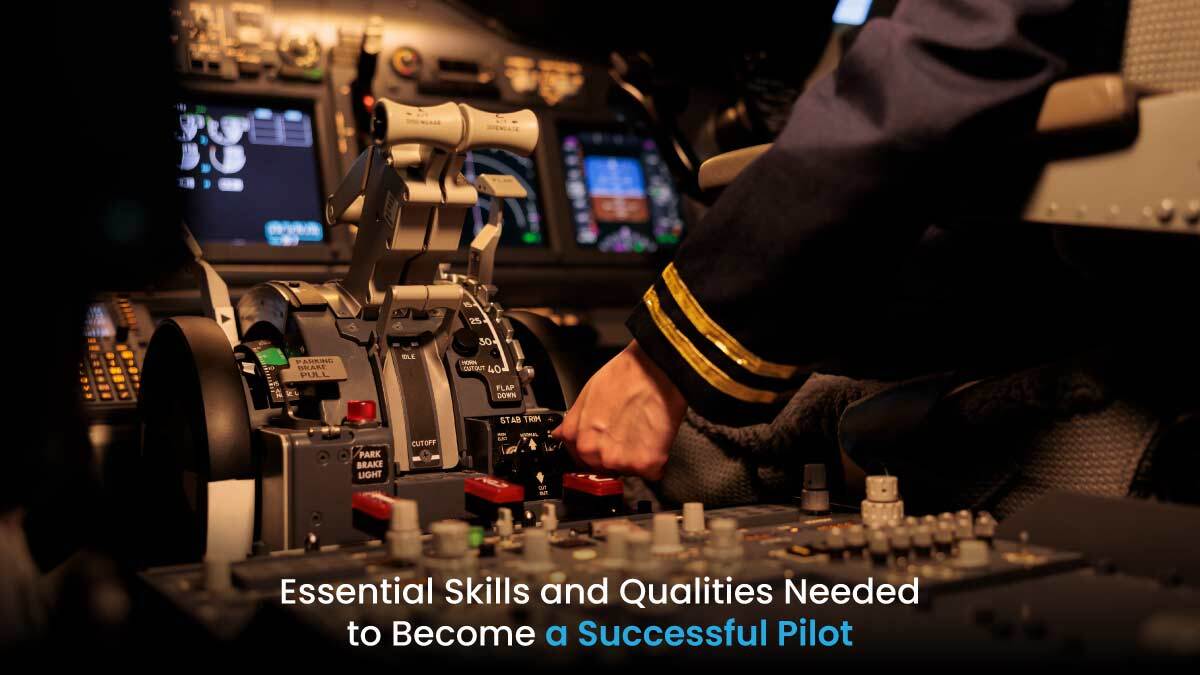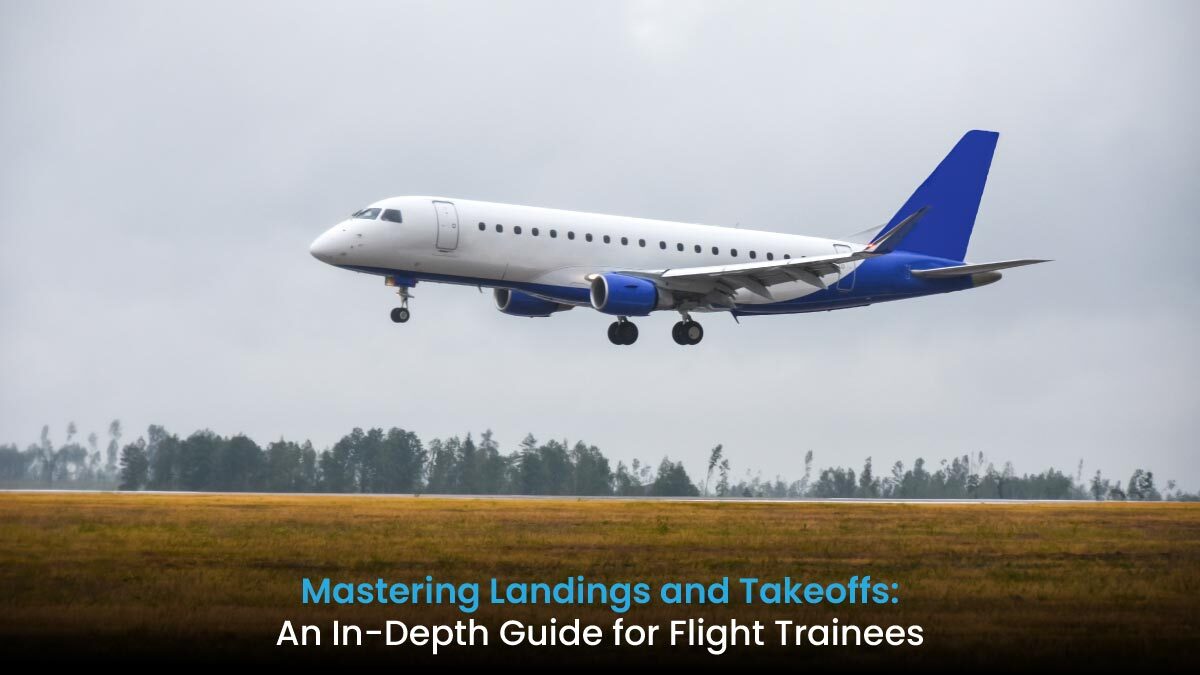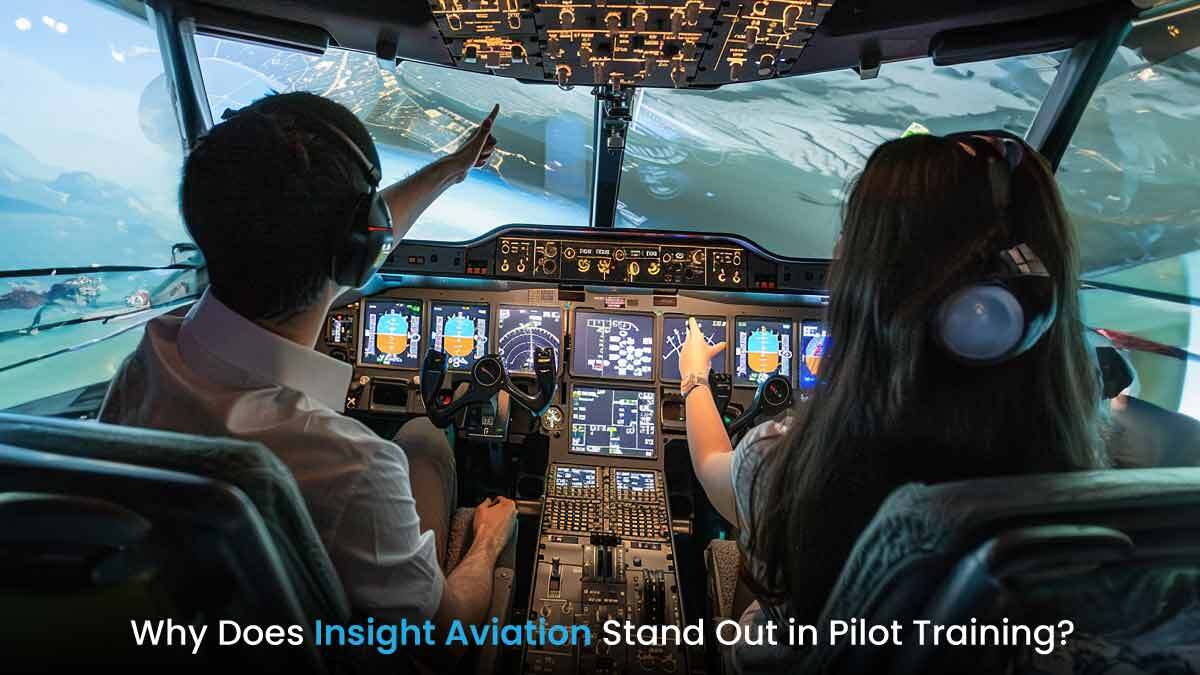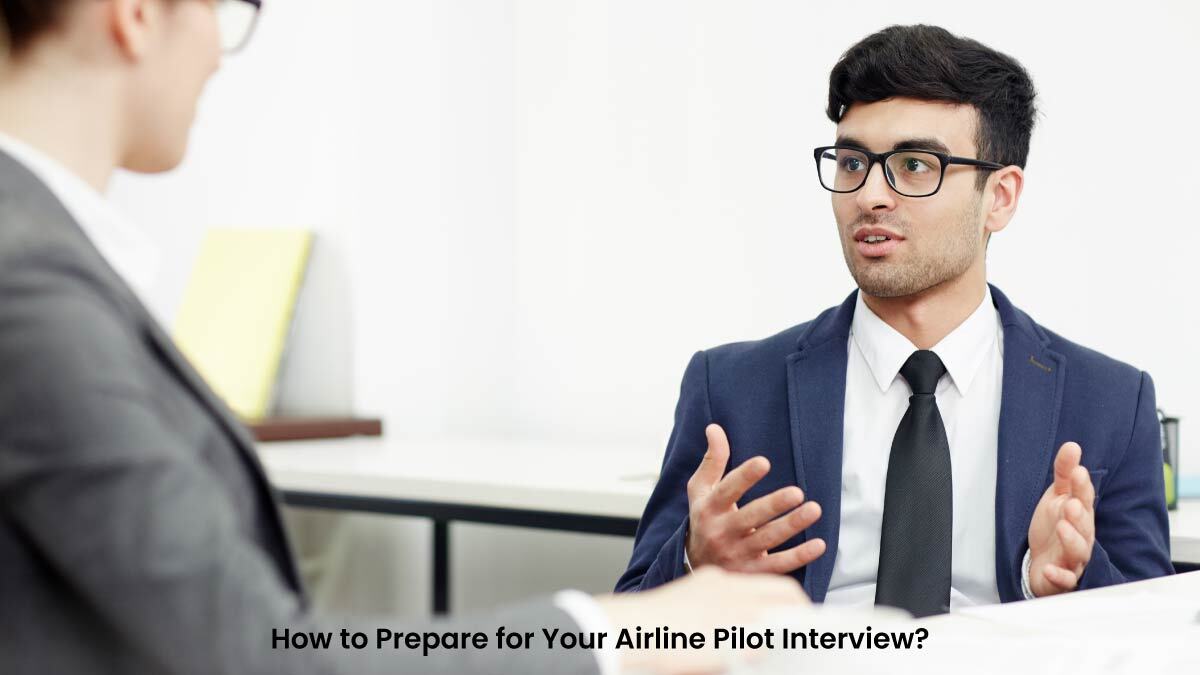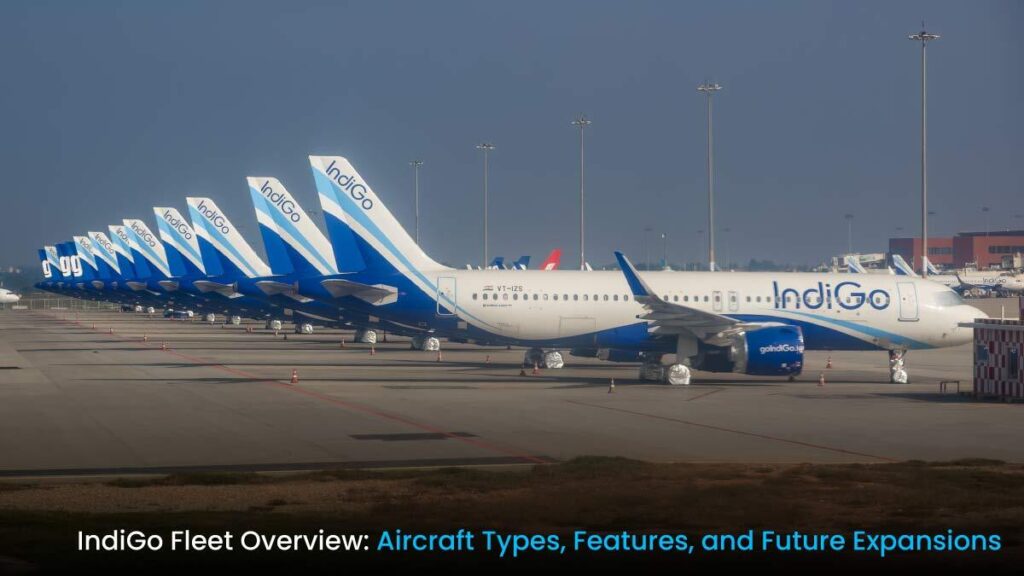
Ever wondered, how does IndiGo carry millions of passengers safely and economically? A major part of it is its modern aviation fleet. IndiGo has a meticulously selected fleet of aircraft. This helps to keep costs down, guarantee efficiency, and provide reliable service.
Let us understand the different types of aircraft and their features along with IndiGo’s future plans.
Understanding What a Fleet Is
Before diving into IndiGo’s aircraft, let’s clarify what a fleet is in aviation. A fleet is the collection of aeroplanes which an airline owns and operates. The right mix determines how far an airline can fly, how many passengers it serves, and how smoothly it runs. IndiGo focuses on one aircraft family—Airbus. This makes training and maintenance easier, lowering costs and improving efficiency.
A well-planned fleet helps airlines control fuel costs, employee training, and customer comfort. IndiGo’s strategy makes operations simple. The airline does not utilise many different aircraft types. This enables it to focus on dependability and cost-effectiveness. Having a homogenous fleet also allows IndiGo to scale operations faster. As demand develops, IndiGo can increase the number of the same aircraft without incurring additional training or maintenance costs.
IndiGo’s Aircraft Types and Features
The Airbus A320-200 and A320neo are the most common. These planes are fuel-efficient and cost-effective. The A320neo is even quieter and uses less fuel, making it eco-friendly. The aircraft is ideal for IndiGo’s domestic and short-haul international routes. It can fly up to 6 hours non-stop, making it perfect for connecting major cities.
IndiGo uses the Airbus A321neo for its busier routes. It has improved aerodynamics and can accommodate more passengers. When more seats are required on routes with high demand, the A321neo is utilised. Additionally, it has a longer flight range, which helps IndiGo’s expanding global network. This aircraft’s improved fuel efficiency allows IndiGo to increase capacity while lowering costs.
For shorter trips, IndiGo flies the ATR 72-600. These planes connect smaller cities. Regional connectivity is important in India, and the ATR 72-600 plays a key role in IndiGo’s strategy. It can land on shorter runways, making it ideal for small airports. This allows IndiGo to expand into tier-2 and tier-3 cities, providing affordable air travel to more people.
IndiGo has also introduced the Airbus A321-200/P2F freighter for cargo. This helps businesses and e-commerce services across India. With e-commerce booming, IndiGo CarGo service is becoming more crucial. Dedicated cargo planes allow faster deliveries across the country, benefiting both businesses and consumers.
IndiGo’s Future Fleet Expansions
IndiGo is looking at massive fleet expansion, it will soon introduce wide-body planes for long-haul routes. The Airbus A350-900 will change everything. It accommodates more than 300 passengers and flies to the United States and Europe, which enables IndiGo to provide competition to international carriers. The carrier also leases Boeing 787-9 Dreamliners. In fact, these planes are comfortable and create new routes internationally. IndiGo is trying them out first before a longer-term commitment.
Expanding the fleet means IndiGo can offer more direct flights. Currently, many passengers travelling from India to Europe or the US take connecting flights. With wide-body aircraft, IndiGo can offer direct, non-stop flights to major international destinations. This will make travel more convenient for passengers and help IndiGo compete with international carriers.
IndiGo is also expected to order more aircraft to keep up with growing demand. With India’s aviation market expanding, adding more planes will help IndiGo maintain its leadership. New aircraft will allow the airline to increase flight frequency on popular routes. This means more travel options for passengers and better connectivity across India and beyond.
Why IndiGo’s Fleet Stands Out
IndiGo keeps a young and fuel-efficient fleet. This helps lower emissions and costs. The airline is also investing in Sustainable Aviation Fuel (SAF). This will further reduce its environmental impact.
Passenger comfort is a priority. IndiGo aircraft feature comfortable seating and noise-reducing engines. The airline is working on adding in-flight entertainment for long journeys. IndiGo’s IndiGo CarGo fleet is also expanding. More freighter aircraft are being added to meet the growing demand for cargo transport. This supports e-commerce, medical supply chains, and business deliveries.
A major reason for IndiGo’s success is its focus on affordability. By keeping costs low, IndiGo offers competitive ticket prices. Its efficient fleet strategy plays a big role in this. Using fuel-efficient aircraft reduces operating costs. Standardized aircraft make maintenance simpler and cheaper. These savings are passed on to passengers, making air travel more accessible.
How to Become a Pilot in India with IndiGo
Dream of flying for IndiGo? The IndiGo Cadet Pilot Programme is the best way to start. It partners with top-flight schools to train future pilots. The programme includes classroom lessons, flight training, and Airbus A320 type rating. A job with IndiGo is guaranteed after successful completion.
If you’re wondering how to become a pilot in India, here’s the process. First, pass 12th grade with Physics and Mathematics. Then, enrol in a DGCA-approved flight school. Earn a Commercial Pilot Licence (CPL). Get a type rating for IndiGo’s aircraft. Finally, complete line training to officially become a pilot. The Insight Aviation IndiGo Cadet Training Programme provides a direct path to a successful aviation career.
Being a pilot is a rewarding career. IndiGo offers great opportunities for cadets who complete their training. The airline provides excellent career growth, with clear promotion paths from first officer to captain. With its expanding fleet, IndiGo will need more pilots. This makes it a great time to pursue a career in aviation.
IndiGo’s Vision for the Future
IndiGo is expanding globally. It plans for 40% of its operations to be international soon. New routes to Europe and North America are in the works. Premium services for long-haul flights are also being explored.
IndiGo is improving the passenger experience. Business-class seats may be introduced on select routes. Meal options will be enhanced. Airport lounges are also being upgraded.
IndiGo is also embracing technology. The airline is looking into AI-powered customer service tools. These will improve booking, check-in, and in-flight experiences. Smart analytics will help manage flight schedules better. This will reduce delays and make operations smoother.
Conclusion
IndiGo’s aviation fleet is evolving fast. It’s an exciting time for passengers and aspiring pilots. Modern aircraft, new international routes, and improved services are shaping the future of Indian aviation. Whether you want to join the Insight aviation IndiGo Cadet Training Programme or just follow IndiGo’s growth, the journey ahead looks promising.
FAQs
Q: What types of aircraft are in IndiGo’s fleet?
A: Airbus A320-200, A320neo, A321neo, and ATR 72-600.
Q: What is the seating capacity of IndiGo’s aircraft?
A: 180-232 seats for Airbus models, 78 seats for ATR 72-600.
Q: Does IndiGo offer in-flight entertainment or Wi-Fi?
A: No, IndiGo does not provide in-flight entertainment or Wi-Fi.
Q: Is IndiGo expanding its fleet with new aircraft?
A: Yes, it has ordered an Airbus A350-900 and plans to add 100 regional planes.
Q: What are IndiGo’s future network expansion plans?
A: Increasing international capacity to 40% and adding more global routes.
Q: How many aircraft does IndiGo currently have?
A: Around 437 aircraft as of March 2025.

